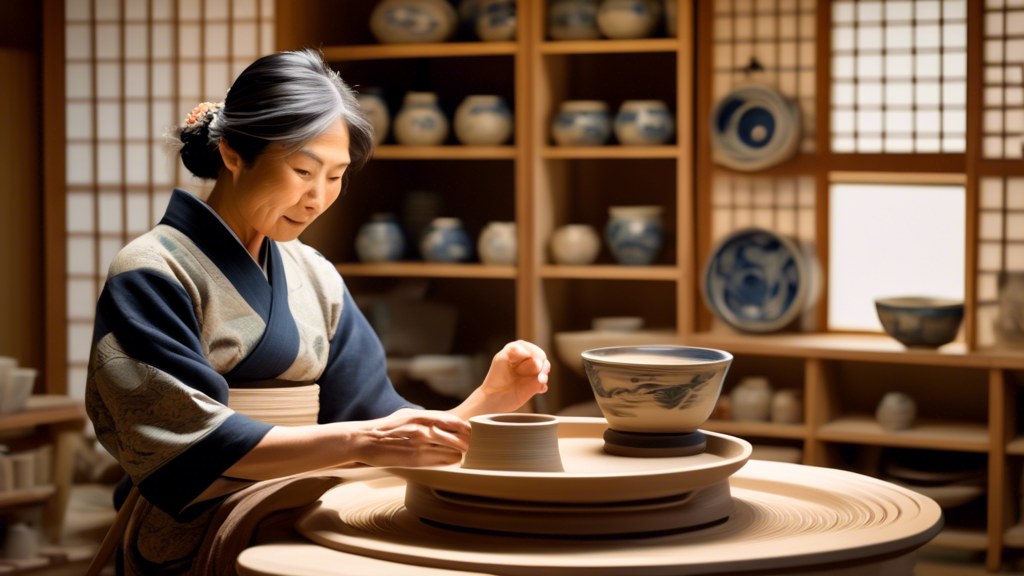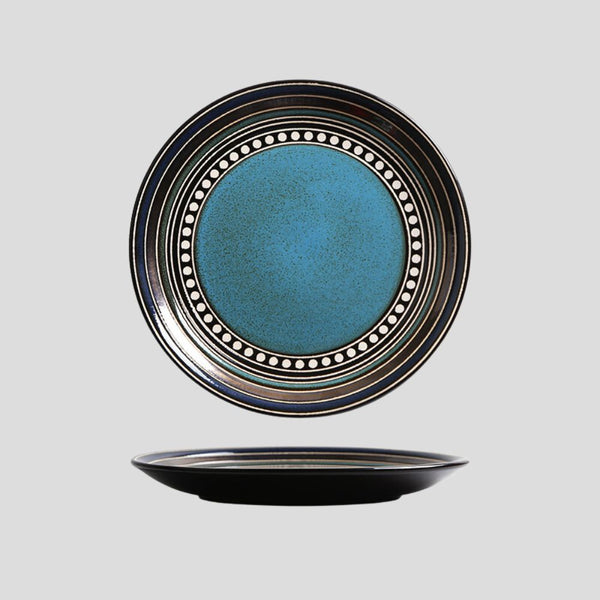
Amari Pottery: Japan's Timeless Craft
The Rich History of Amari Pottery
Amari Pottery, or Arita ware as it is often called, roots back to the early 17th century in Japan, specifically in the town of Arita, Saga Prefecture. This exquisite porcelain ware is named after the port from which it was first exported to the rest of the world, thus gaining international fame. Amari Pottery emerged during a culturally rich period in Japan, a time when the nation was solidifying its cultural and artistic identity. The discovery of high-quality kaolin clay in the Arita region led to the birth of Japan's porcelain industry, with Amari ware at its forefront.
The Distinguishing Features of Amari Pottery
Amari Pottery is celebrated for its sophisticated designs, vibrant colors, and superior quality. What sets it apart from other types of Japanese pottery is its intricate decoration under a clear glaze. Amari pieces often feature a delightful mix of red, green, blue, and gold, depicting nature, mythical creatures, and landscapes in stunning detail. The vividness of its colors and the precision of its designs are achieved through a meticulous underglaze and overglaze painting process, making each piece a testament to the craftsmanship of its creators.
Styles and Influences
Over the centuries, various styles of Amari Pottery have evolved, influenced by both domestic and foreign artistic trends. Among the most notable are the Kakiemon, Imari, and Nabeshima styles, each named after the families or regions that popularized them. The Kakiemon style is famed for its delicate and minimalist design, while the Imari style is known for its bold and vibrant coloring. The Nabeshima style, coveted for its exclusivity and high-quality, was originally produced only for the feudal elite. Each style reflects the rich cultural tapestry of Japan, incorporating elements from Chinese, Korean, and European porcelain traditions.
The Production Process
The creation of Amari Pottery is a labor of love, requiring skill, patience, and precision. The process begins with the careful selection and preparation of the clay. Once shaped, the pottery is bisque-fired, then painted with elaborate designs using mineral-based underglazes. After the initial design application, the pieces are glazed and then fired again at high temperatures. The final step often involves adding overglaze embellishments in gold or red, followed by a final firing to set the overglaze. This complex process can take several weeks to months, depending on the piece's size and intricacy.
Amari Pottery in Modern Times
Despite the modern age's rapid technological advancements, the traditional techniques of Amari Pottery have been carefully preserved. Today, it remains a highly respected and sought-after art form, symbolizing Japan's rich cultural heritage and the timeless beauty of its craftsmanship. Contemporary artists are exploring new designs and applications for Amari ware, blending traditional methods with modern aesthetics. Whether it graces the shelves of collectors, the tables of fine dining establishments, or the exhibitions of prestigious galleries, Amari Pottery continues to captivate and inspire, transcending boundaries and generations.
Conclusion
Amari Pottery stands as a symbol of Japan's artistic excellence and cultural richness. Its enduring appeal lies in its intricate designs, vibrant colors, and the unparalleled skill of its artisans. As it continues to evolve, Amari Pottery not only preserves the legacy of its past but also paves the way for a future where tradition and innovation coexist harmoniously. This timeless craft, with its deep historical roots and enduring beauty, remains a treasured facet of Japanese art and culture, cherished by admirers around the globe.
Click this link to check out our ceramic artwork!
















































